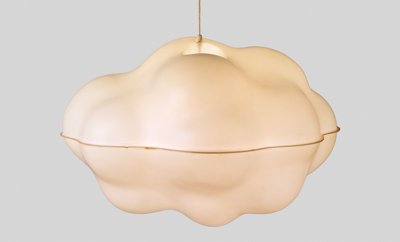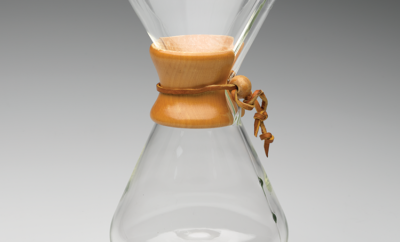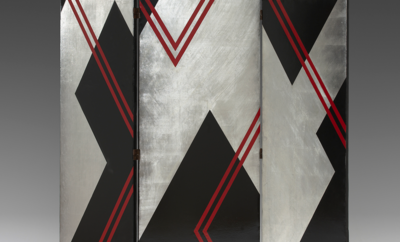Use your ← → (arrow) keys to browse
The elegant design of the splint managed to be sculptural and practical at the same time
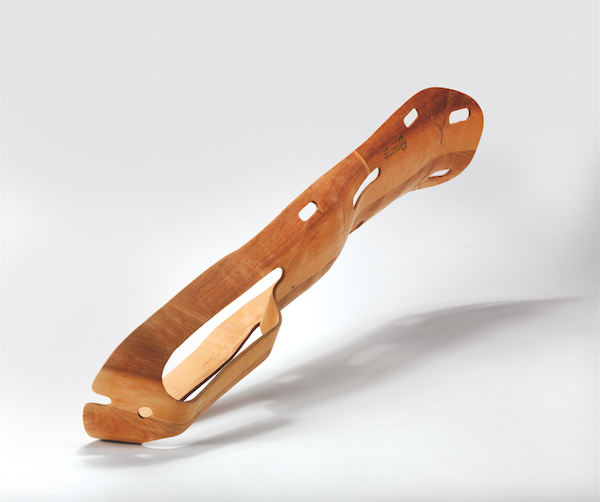
Charles Eames (1907–1978) and Ray Eames (1912–1988), LEG SPLINT, Plywood, 1942. SMITHSONIAN AMERICAN ART MUSEUM, GIFT OF HARISH K. PATEL IN MEMORY OF HIS FATHER KHODABHAI C. PATEL
CHARLES AND RAY EAMES designed this plywood leg splint in 1942 as part of their pioneering wartime work for the U.S. Navy. Plywood was considered a modern, innovative material and a suitable alternative to steel and other resources in short supply during World War II. The elegant design of the splint managed to be sculptural and practical at the same time. Its ergonomic form evolved from a number of factors: a cost-efficient use of materials, the requirement to cater to diverse body types, and the necessity to be both lightweight and stackable for storage and shipping. All of this lent a distilled, abstracted quality to the splint’s final contours.
Working for the U.S. Navy meant that the Eameses had privileged access to military technology and materials, and their plywood research found wartime applications in body stretchers, aircraft components, and glider shells. Although there had been earlier precedents for plywood in design, these investigations were transformative for the Eameses. Their research provided a breakthrough in creating stable, molded plywood objects, and the resulting fluid compound curves became a trademark of their furniture designs.
People might wonder why such a significant piece of twentieth-century industrial design is on view at the Renwick Gallery—the Smithsonian American Art Museum’s home for contemporary craft—surrounded as it is by examples of studio ceramics, glass, and metalwork. However, I think it’s an excellent example of one of the many things that unite craft and design—namely, a profound sense of curiosity and experimentation with materials, and seeing how far a maker can push certain processes and tools to their technical and creative extremes.
Abraham Thomas
Fleur and Charles Bresler Curator-in-Charge,
Renwick Gallery
Smithsonian American Art Museum
Washington, D. C
Use your ← → (arrow) keys to browse
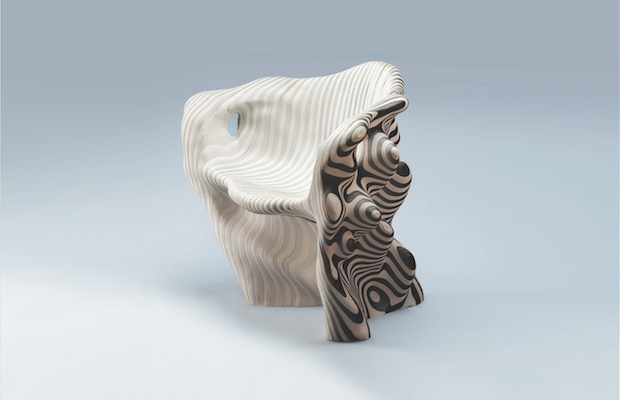 COLLECTION OF THE MINT MUSEUM CHARLOTTE, NORTH CAROLINA
COLLECTION OF THE MINT MUSEUM CHARLOTTE, NORTH CAROLINA



